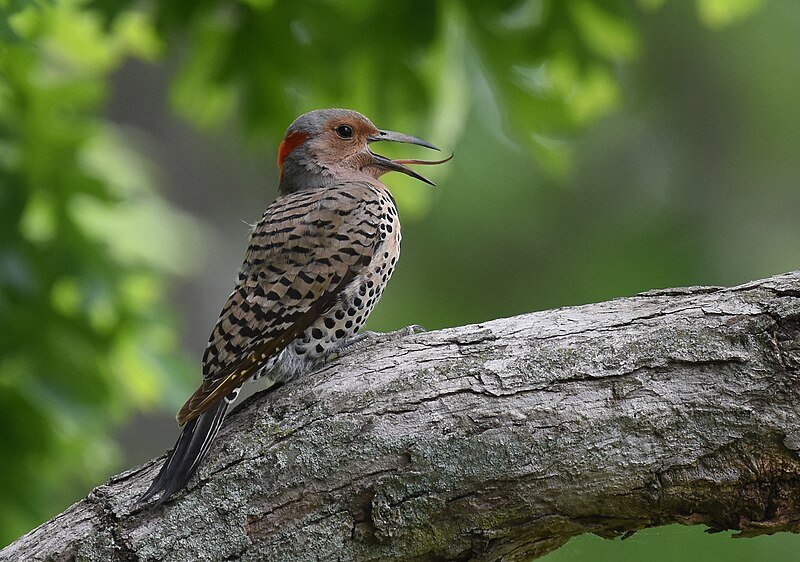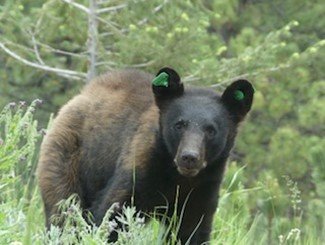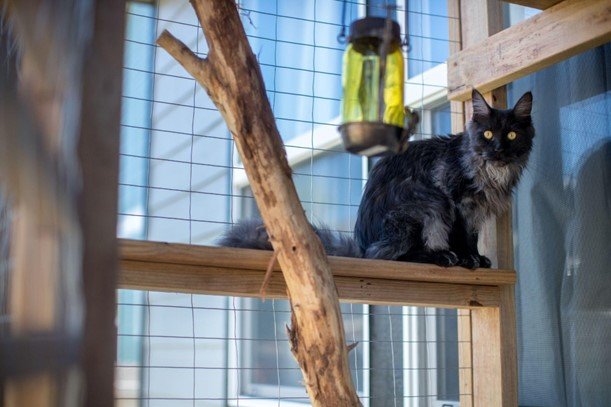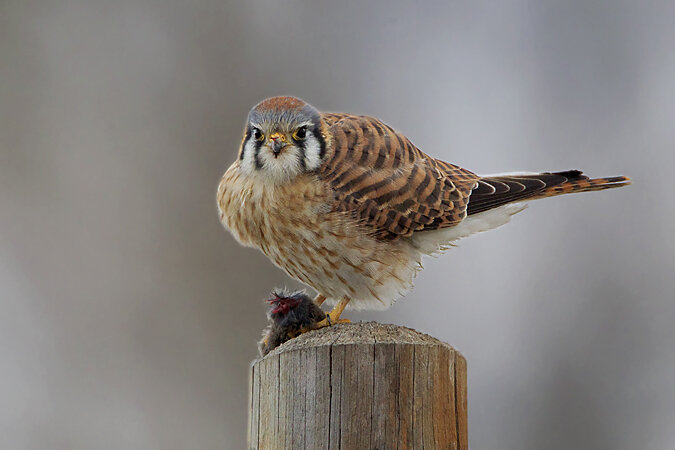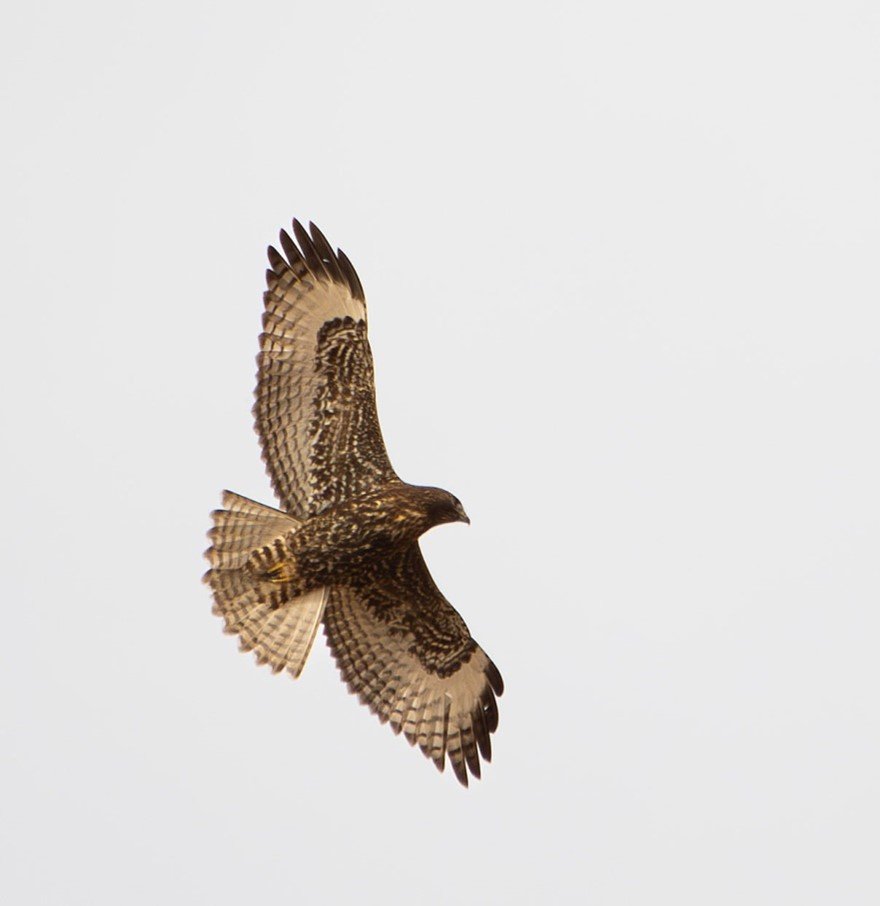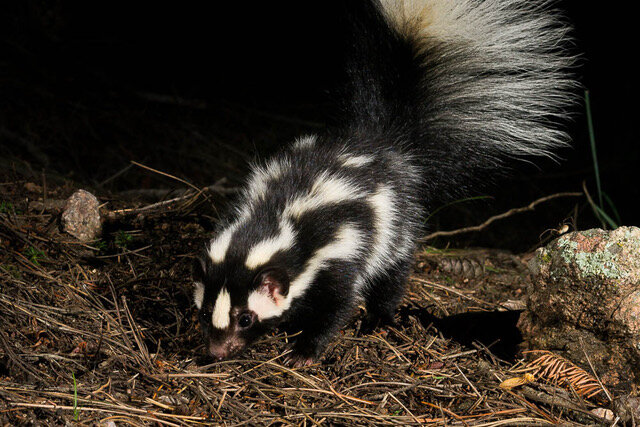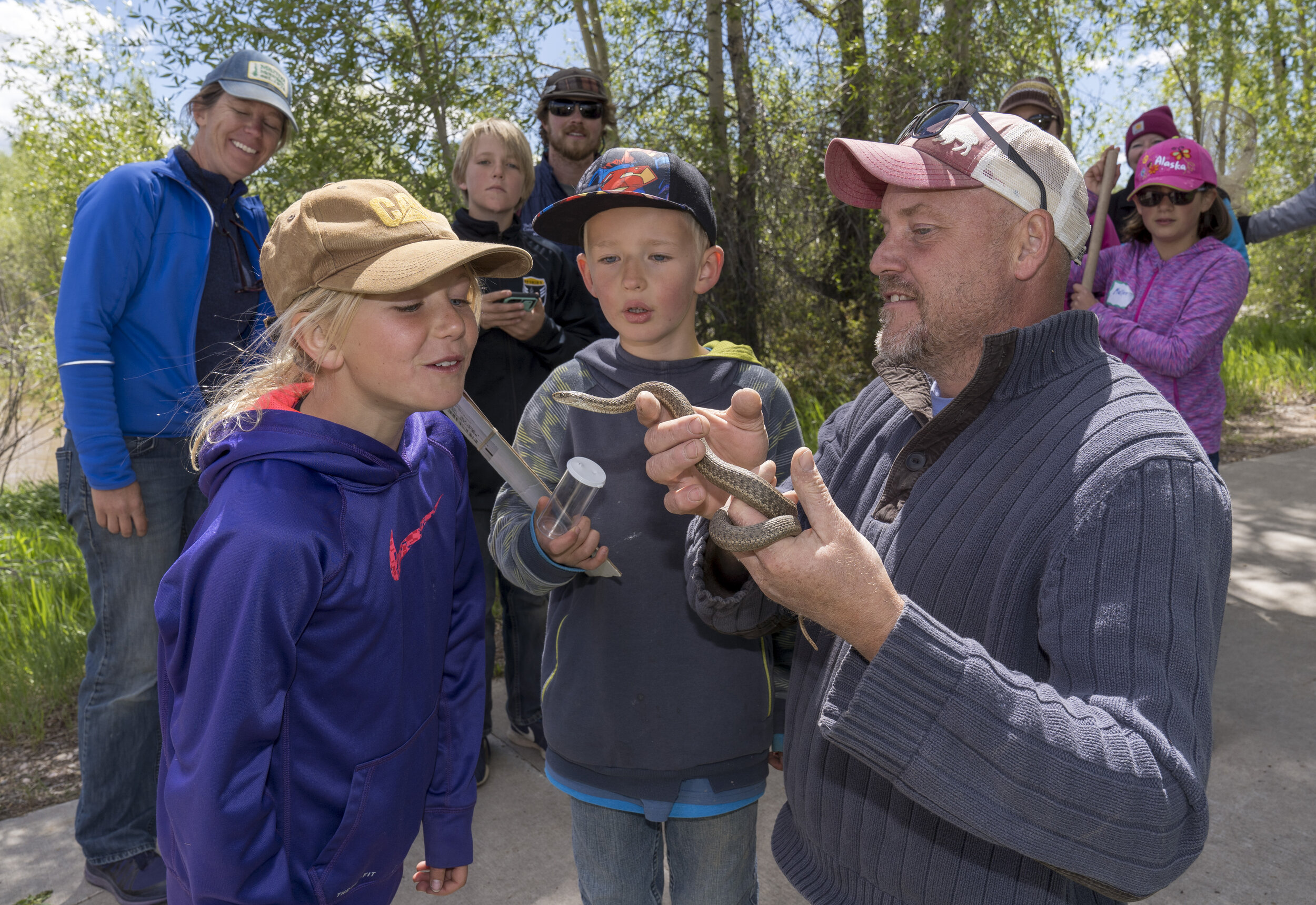
Environmental Education
Environmental education helps youth in our community build a connection to the natural world and to develop the knowledge, skills, attitudes, motivations, and commitment needed to act in ways that support the health and vitality of all living things.
If you are interested in joining our efforts in environmental education as a volunteer, please let us know. We would love to have you!
If you are a teacher, after-school program coordinator, scout leader, or work with another organization and would like to work with Boulder County Audubon on a local field trip, a birdwatching session, or a discussion about birds and wildlife, we are happy to work with you. Please contact us and we can start planning together. We will do our best to fulfill your needs or refer you to another organization that will be able to do so!
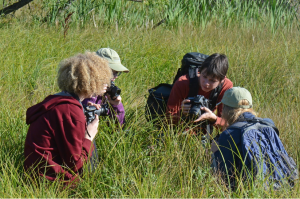
Middle and high school students learning about local grasslands. Photo by Steve Jones
Encounters with Nature
Encounters with Nature articles include a wide variety of topics related to enjoying nature in our backyard and further afield. If you are interested in submitting an article to this series, please contact us.
A Great Horned Owl sat in a canyon alcove and opened wide its beak. We could see its tongue and red, cavernous mouth. Was this a yawn?
American black bears are Colorado’s largest carnivores. Bears are intelligent. They open car doors, sliding glass doors, or door handles that aren’t knobs.
There is a large National Wildlife Refuge in Northern Colorado that is only 3 hours and 15 minutes from Boulder that offers birders, nature enthusiasts and photographers a wealth of opportunity to experience an untouched and uncrowded environment. The “gem” of Jackson County is Arapaho National Wildlife Refuge (NWR).
The significance of enriched environments for indoor cats cannot be overstated. Catios, or cat enclosures, provide a sanctuary where cats can indulge their curiosity and natural behaviors in a controlled environment.
Collective data indicate a long-term and widespread decline of American Kestrel populations, including in Boulder County. To supplement investigations occurring in different parts of the U.S., Boulder County Audubon is teaming with and supporting the Colorado Avian Research and Rehabilitation Institute to investigate the local decline in our American Kestrel population.
Many people get excited about mountain lions, but you may want to keep your eyes peeled to see a bobcat.
We did achieve a new high for raptors on this particular survey; capped by a ferruginous hawk who soared in from the north and circled over the parking lot.
Christmas Bird Counts welcome new birders. Ashley Meadows, with Audubon Rockies, wrote about being a new birder on her first Christmas Bird Count as part of the Boulder circle. Ashely also shares tips for enjoying any Christmas Bird Count.
“We’ve got one in the net…let’s move!” We were there at a BCAS Interludes with Nature workshop to observe small mountain owls up close as they were captured and banded for research purposes.
Boulder author Stephen R. Jones has won the 2023 Nebraska Book Award for nonfiction in the “Nebraska as Place” category for Nourishing Waters, Comforting Sky: Thirty-Five Years at a Sandhills Oasis.
2021 was a disappointing year for Mountain and Western Bluebirds in Colorado. The data from our Boulder County Open Space and Boulder County Audubon bluebird monitoring combined with the data from the entire state of Colorado bluebird box surveys shows fewer bluebirds fledged in 2021 than in 2020.
Insects and Kin, in 1104 pages, is a comprehensive guide to the major orders of insects that you are likely to observe throughout Colorado’s seven Front Range life zones.
The uncommon, diminutive, and spotted skunk inhabits rocky canyons, foothills, and montane riparian habitats below 8,000 feet in elevation. It uses rocky outcrops and logs for dens and can be found near where people live.
E Movement
As a part of our efforts to advance environmental education around Boulder County, BCAS is a provider with the E Movement, a community-wide effort to provide Boulder County youth with the knowledge, care, skills, and connection to place required to become stewards of the environment.
E Movement has developed a set of grade-level specific E Guidelines that lay out a scaffolded, whole-child approach to environmental education. Schools, teachers, and third-party environmental educators (like Boulder County Audubon) join the E Movement by using the E Guidelines to create consistency in the environmental education provided both in and out of the classroom. In exchange, the E Movement provides teaching resources, learning and connection opportunities, recognition, and evaluation.

